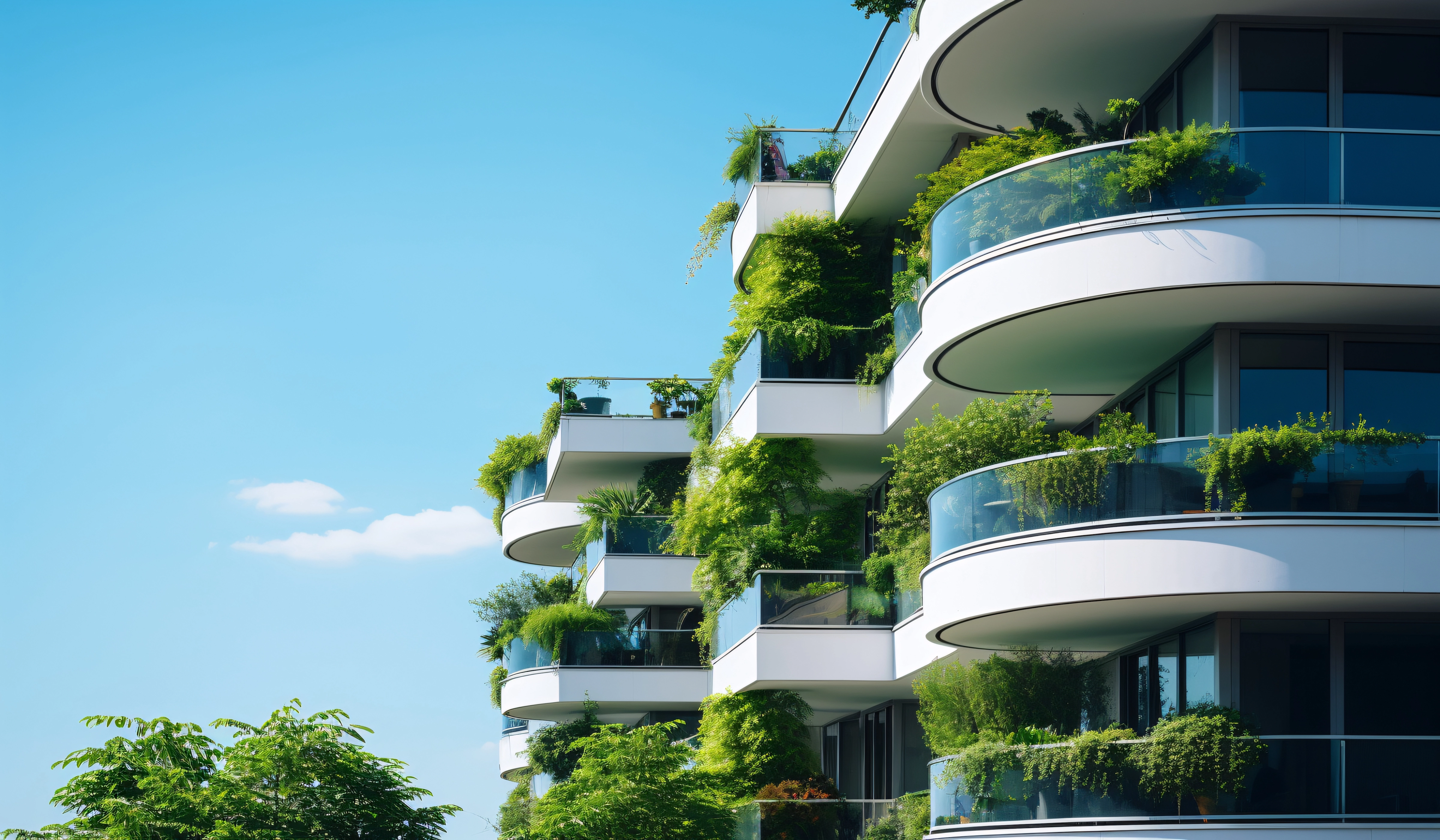Green Living: Eco-Friendly Features in Residential Properties

Green Living: Eco-Friendly Features in Residential Properties
In an era where environmental consciousness is paramount, the concept of green living has gained significant traction. Homebuyers and renters alike are increasingly seeking residential properties that embrace eco-friendly features. From sustainable living to energy-efficient homes, the demand for environmentally conscious living spaces is on the rise. In this blog, we will explore the various eco-friendly features that contribute to green living in residential properties.
1. Energy-Efficient Lighting
LED Lighting: Residential properties with LED lighting fixtures not only reduce energy consumption but also have a longer lifespan, minimizing the need for frequent replacements. LED bulbs are an eco-friendly alternative that provides efficient illumination with lower energy usage.
2. Solar Panels and Renewable Energy
Solar Power: Homes equipped with solar panels harness the power of the sun to generate electricity. This sustainable energy source not only reduces utility bills but also lowers the carbon footprint of the property. Residential properties with solar installations contribute to a greener and more sustainable energy grid.
3. Energy-Efficient Appliances
ENERGY STAR Appliances: Incorporating ENERGY STAR-rated appliances in residential properties ensures that they meet strict energy efficiency guidelines. From refrigerators to washing machines, these appliances are designed to reduce energy consumption, ultimately benefiting both the environment and homeowners' wallets.
4. Sustainable Building Materials
Bamboo Flooring: Bamboo is a rapidly renewable resource that makes an excellent alternative to traditional hardwood flooring. Choosing sustainable building materials, such as bamboo, promotes responsible forestry practices and reduces the environmental impact of construction.
5. Water Conservation Features
Low-Flow Fixtures: Residential properties designed with low-flow faucets, showerheads, and toilets contribute to water conservation. These fixtures reduce water usage without compromising functionality, promoting sustainable water practices within the home.
6. Eco-Friendly Landscaping
Native Plants: Landscaping plays a crucial role in green living. Properties that incorporate native plants and drought-resistant landscaping not only require less water but also support local ecosystems. Rainwater harvesting systems can further enhance water conservation efforts in landscaping.
7. Smart Home Technologies
Smart Thermostats: Integrating smart home technologies like programmable thermostats allows residents to optimize energy usage. These devices learn household patterns and adjust heating and cooling accordingly, contributing to energy efficiency and reducing utility costs.
8. Proper Insulation and Ventilation
Eco-Friendly Insulation: Residential properties with proper insulation help regulate indoor temperatures, reducing the need for excessive heating or cooling. Sustainable insulation materials, such as recycled denim or cellulose, enhance energy efficiency and create a comfortable living environment.
9. Rainwater Harvesting Systems
Rain Barrels: Harvesting rainwater for non-potable uses, such as watering plants or flushing toilets, is an eco-friendly practice. Residential properties equipped with rain barrels or more sophisticated rainwater harvesting systems contribute to water conservation and sustainability.
10. Eco-Friendly Paints and Finishes
Low-VOC Paints: Volatile organic compounds (VOCs) found in traditional paints can contribute to indoor air pollution. Eco-friendly residential properties use low-VOC or VOC-free paints and finishes, promoting healthier indoor air quality and minimizing environmental impact.
Conclusion: Embracing Green Living in Residential Properties
Green living is more than a trend; it's a lifestyle choice that benefits both homeowners and the planet. Residential properties incorporating eco-friendly features not only reduce environmental impact but also contribute to energy savings and a healthier living environment. As the demand for sustainable living spaces continues to grow, the integration of these eco-friendly features in residential properties becomes an investment in a greener, more sustainable future.
No posts found
Write a review